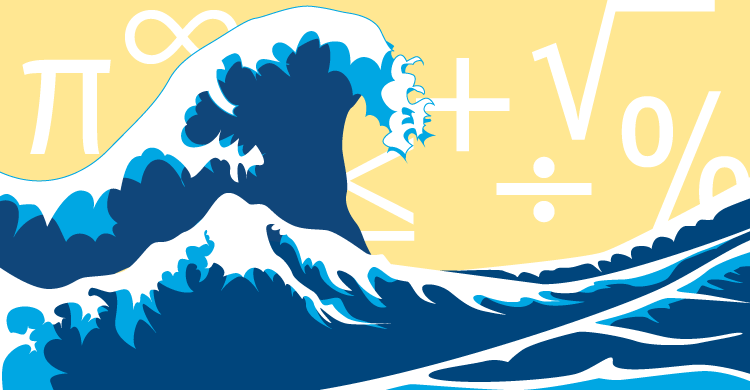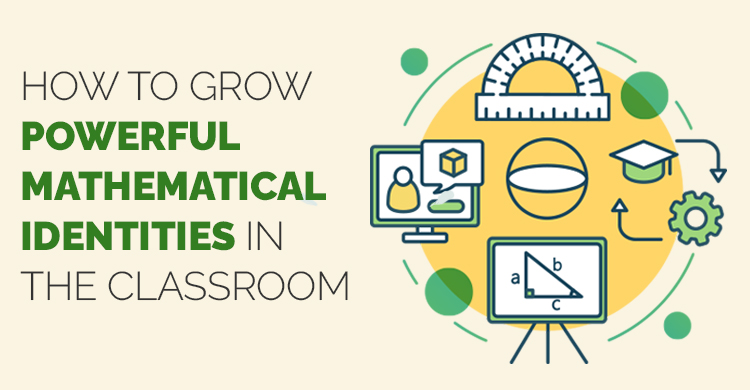What if your goal was to ensure that every student in your district successfully completed two college-level math courses prior to high school graduation?
This is exactly the kind of question that makes leaders in mathematics education cringe and makes other stakeholder roll their eyes. But, your attitude toward the question might be different if you consider the gains we have made in mathematics education over the past 25 years. Throughout my career as a member of Maryland’s mathematics education community, I have observed and participated in several distinct eras of mathematics reform. Each reform effort was purposeful in its design and offered, to the public, a “promise” that our graduates were ready for the world after high school.
The first wave of reform was accompanied with a high-stakes test known as the Maryland Functional Math Test. Before earning a diploma, students were challenged to prove that they could complete basic computational skills such as multiplying pairs of two-digit numbers, calculating the percent of a number, and finding elapsed time. At this notion, mathematics teachers and leaders collectively proclaimed that all students should have to meet these lofty standards. (Sarcasm intended) But after 8 years, almost every student in fact began to meet the expectation…by the end of 6th grade.
The second wave of reform was also accompanied by a lower-stakes, performance assessment program known as the Maryland State Performance Assessment Program (MSPAP). These assessment challenged students to apply basic math skills to a variety of tasks, experiments, and simulations. Students were asked to write about mathematical thinking and justify their responses. This assessment presented a significant increase in cognitive demand and, once again, teachers and leaders scoffed at the notion of all students meeting with success. And again, the talented group of educators dramatically improved student performance in just a few short years.
The third wave of reform followed the same pattern. A high-stakes, higher-cognitive demand state assessment caused a great deal of anxiety in the education community. This was followed by a period of teacher collaboration and innovation and, predictably, increased student achievement. By the time that the test was replaced by PARCC, our district did not have one student unable to graduate because of that testing requirement.
We are in our fourth wave of reform in MD, and I suspect that it too will follow the same predictable pattern. When PARCC scores are released next winter, I suspect that we will collectively gasp in horror and express our sincerest concerns about how students will just never be able to achieve well on PARCC. And in 6-8 years… you get it.
If history has taught me one thing, it is that, throughout history, we typically underestimate our own capacity to rise to a challenge. This has proven the case in many aspects of our profession. Fifty years ago, students receiving special education services were often excluded from participation in comprehensive school programs. Today, those students earn diplomas and attend college. Twenty-five years ago, our female students were discouraged from participation in rigorous mathematics or science programs. Now, we have an explosion of growth in female students enrolled in AP math and science courses and an increasing trend entering college ready for STEM programs.
So, when you consider the topic question for this blog, we have history on our side. As leaders in mathematics education, we have to cultivate beliefs and mindsets that permit the investigation of bold questions and stretch goals. We have to help our community take collective ownership of issues of equity and access rather than perpetuating the “blame game” that stall our efforts. We have to engage in effective strategic planning focused on doing whatever it takes to ensure that all students achieve in rigorous mathematics programs.
So, let’s be bold. Let’s be brave. Let’s be courageous. And, for goodness sake, let’s be all of those things without having to be compelled into action by the next wave of education reform.
[author_bio id=”45″]






